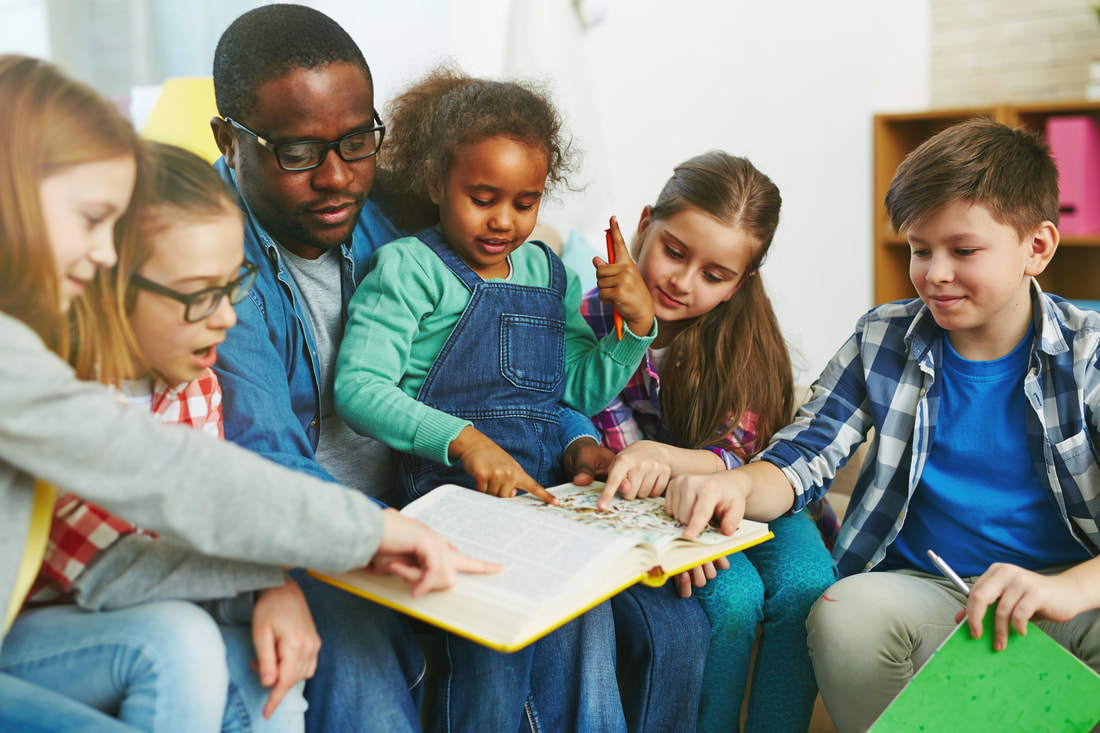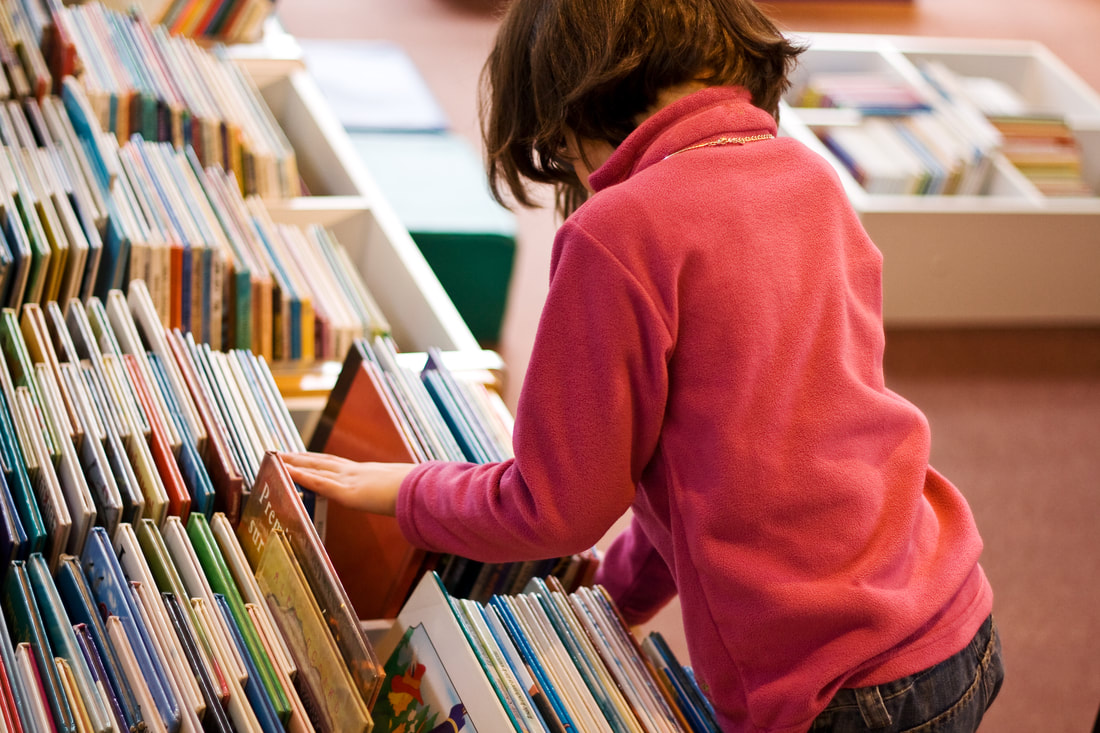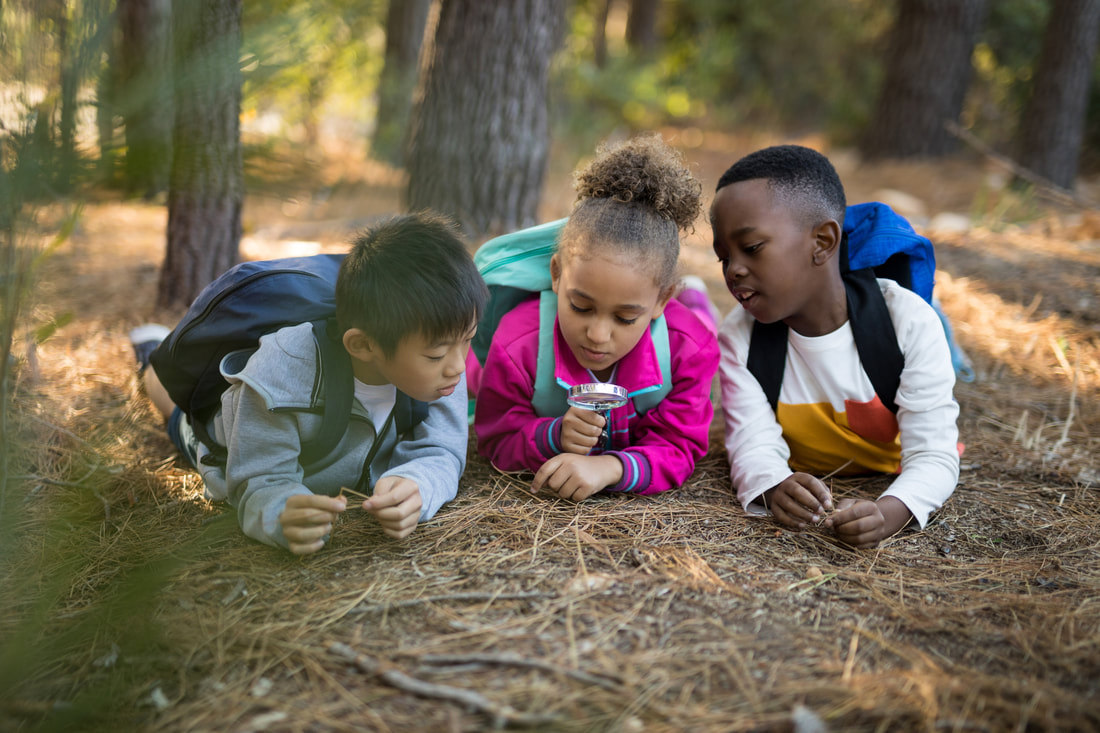Helping You Plan
Fun Research-Based Literacy Activities
for Children in K-3rd Grade
Pilot Project ResultsH I G H L I G H T S
|
Research Review
A F E W K E Y F I N D I N G S
|
Centering books and reading in programming improves children’s attitudes toward reading and books.
|
Children developing biliteracy in the U.S. will draw on all of their linguistic resources when they write.
|
Gradual release of responsibility
is the most effective way to foster comprehension.
|
Fostering Readers is supported by the Institute of Museum and Library Services through the Library Services and Technology Act, administered by the State Library of Oregon.












